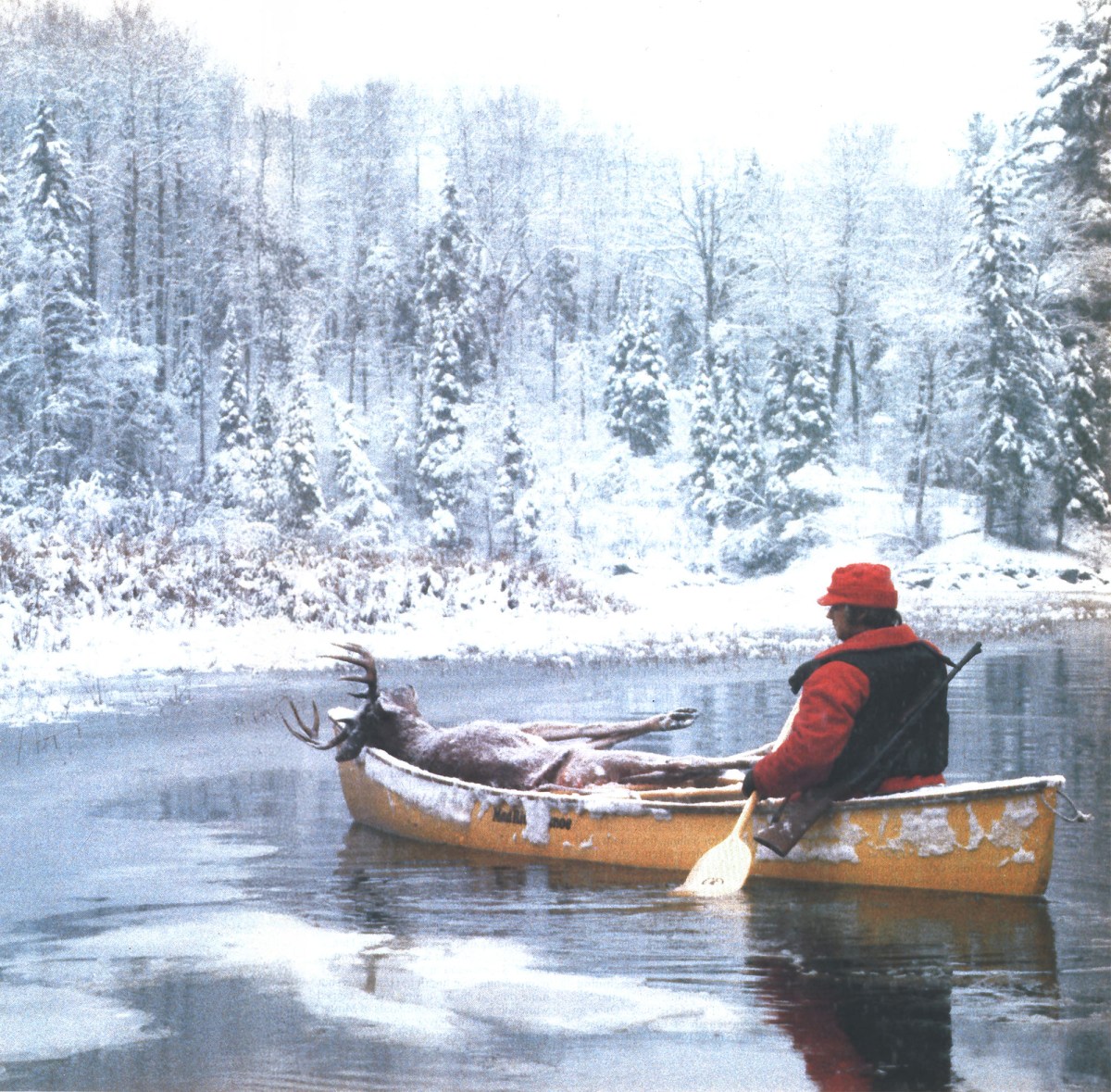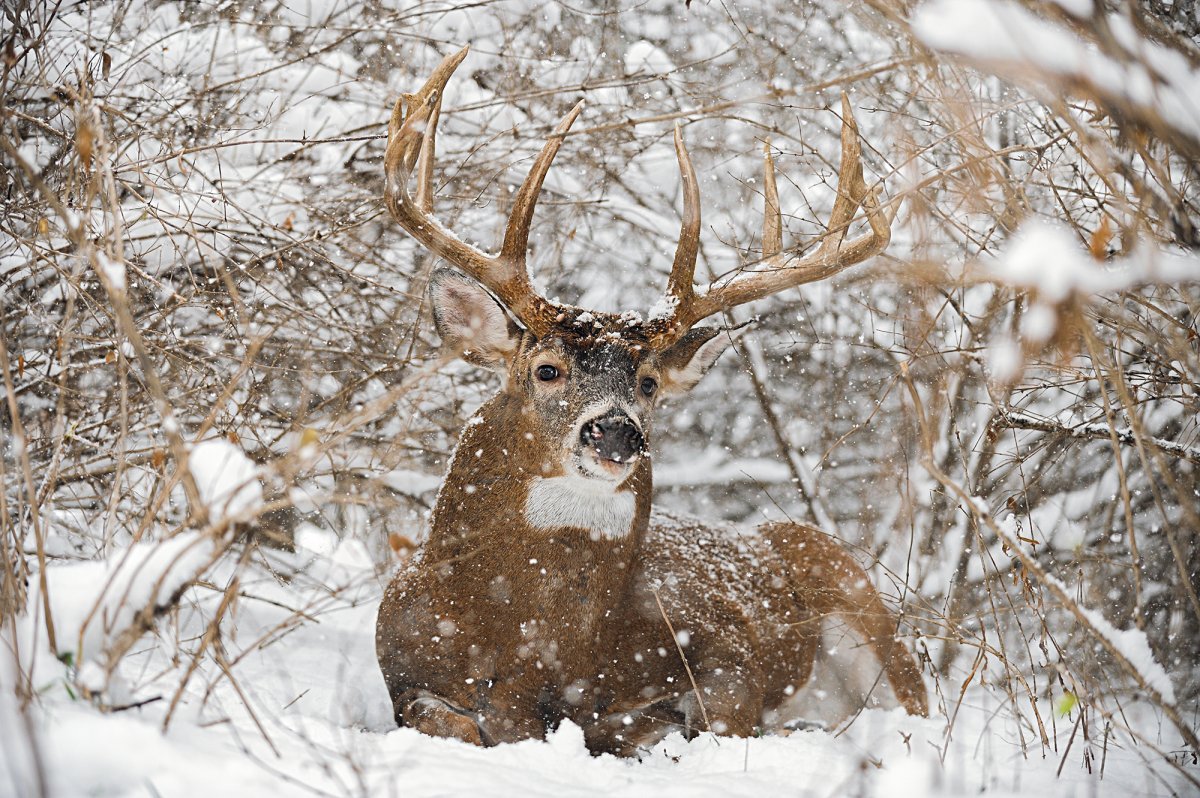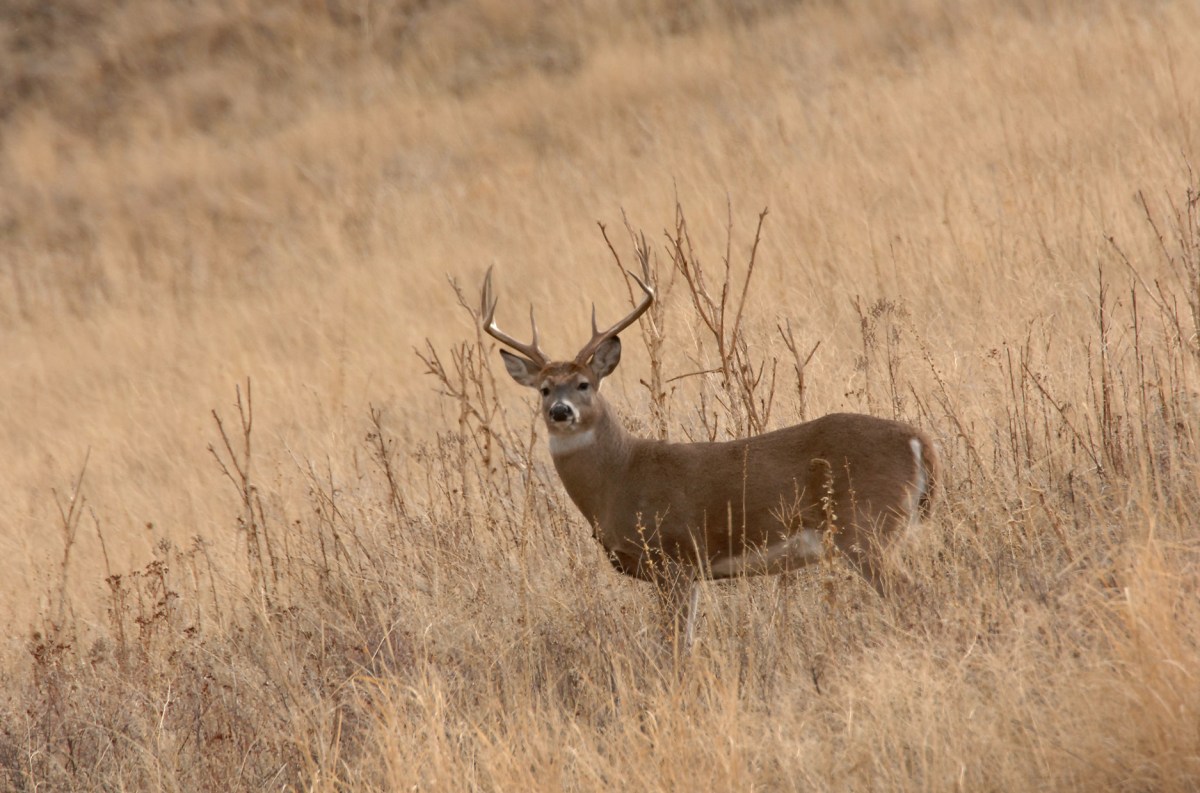Federal Public-Land Recreation Generates $350M Daily, Creates More Jobs Than Logging and Mining Combined

Outdoor recreation on America’s public lands and waters generates about $351 million every day for the federal government, local communities, counties, and states. It’s the rough economic impact of hosting eight Super Bowls every single month, according to a new report by the Outdoor Recreation Roundtable.
The report drills into the direct impact of recreation on public lands, a portion of the overall $1.2 trillion outdoor recreation economy.
“We don’t exist without those federally protected areas,” says Peter Kostantacos, owner and manager of Boundary Waters Outfitters, which is based in Ely, Minnesota, and employs up to 20 people throughout the year. “We outfit 1.2 million acres of federally protected wilderness and without those waterways and infrastructure and the work the Forest Service does to make it accessible to the public, there would be no way we could put people in those areas with confidence.”
The $128 billion in annual economic activity includes hunters hiring outfitters for weeklong trips into wilderness areas, families purchasing bait from local marinas before fishing for the day, and visitors paying national park entrance fees. It also includes $6 billion in federal tax revenue, including gas taxes from fuel sales and excise taxes on hunting, fishing, and boating equipment.
As the current administration focuses more on extracting oil, gas, coal and other resources from public lands, the Outdoor Recreation Roundtable wanted to highlight the economic value of keeping these lands healthy and intact for more than just development.
It’s also timely as federal grants and employees are slashed. Many of those jobs and grants help maintain access to public lands for outdoor recreation.
The U.S. Forest Service, which generates $23.3 billion in economic output, and the National Park Service, which generates $57.2 billion, have shed thousands of jobs since February. Many of those lost jobs are crews who cleared trails, assisted visitors, cleaned toilets, and staffed front desks.
And yet jobs produced from outdoor recreation often eclipse other industries. Outdoor recreation on U.S. Forest Service lands supports 161,000 jobs nationwide. That’s more than the combined total from forest products, livestock grazing, mineral extraction, and energy production, according to the report. In total, outdoor recreation on public lands and waters supports almost 1 million jobs.
While most hunters, anglers, backpackers, and other outdoor recreationists would likely cite the intrinsic value of public lands for health, wellbeing, and entertainment, putting a number value to recreation on public lands is becoming increasingly important. Federal officials such as Interior Secretary Doug Burgum have referred to public lands as our nation’s “balance sheet.”
“The idea that public lands hold great value is nothing new,” says Peggie dePasquale, national forest wildlands director for the Wyoming Wilderness Association. “Anyone who has spent time in a wild place knows this. Whether staring up at the Milky Way or out from a mountain peak, our public lands and our access to them are irreplaceable.”
Read Next: Senator Lee Is Back with His Attack on Public Lands. This Time He Wants to Butcher the Wilderness Act Under the Guise of Border Security
While dePasquale thinks supporting these values with hard numbers will “help prove it to those who prioritize economics,” she says our public lands are ultimately priceless.
“It is also important to remember that at the end of the day the value of our natural world will never be fully measurable with dollar signs.”
Read the full article here









